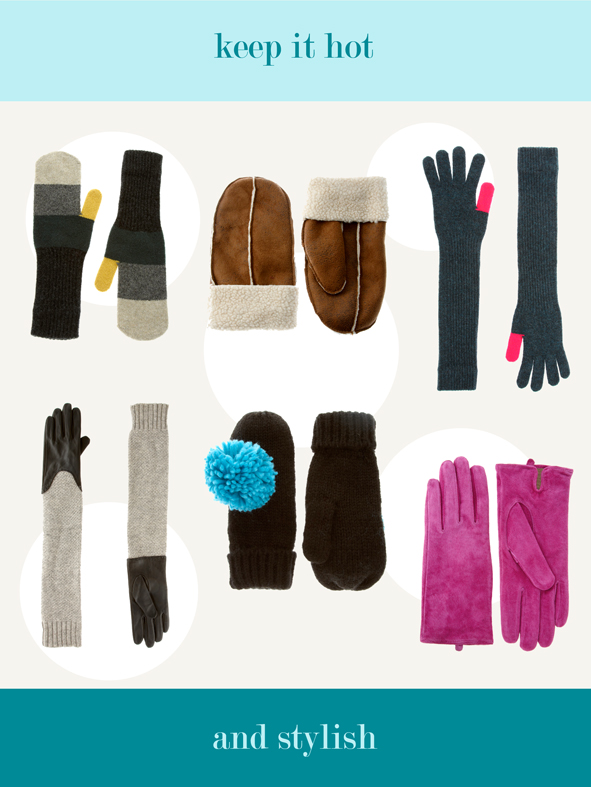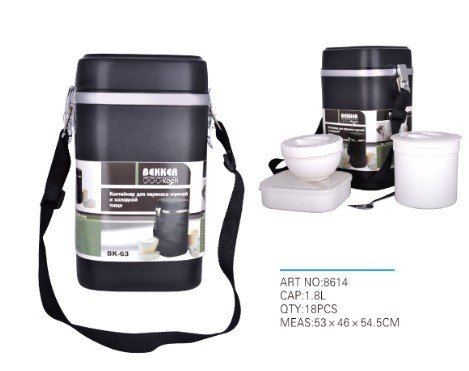

While coolers are usually used to keep food cold they can also be used to keep food warm. However, if you're traveling a longer distance and need to keep food hot four hours then you'll want to use some of the tips listed down below. If you're not going far and you don't need to keep your food hot for too long then this may be enough to keep your food warm during transport. Wrap a tea towel or multiple towels around your food and this will help trap in the heat and keep your food hot for longer.

However, aluminum foil is not good at stopping heat loss through conduction and so a towel is needed to add that extra layer of insulation to your food. Aluminum is great at reflecting heat radiation and so it will reflect it back into the food keeping it warm. Wrapping your food in aluminum foil both traps the steam and it helps to trap heat radiation from escaping. Even though a cooler has better insulation than a towel because the towel is directly near the hot food it will work better. Whether you use other techniques like putting your food in a cooler, or using external heat sources insulating your food as close to the heat source as possible will give the best results.Ī towel wrapped directly around food will likely work better than placing your food in a large cooler. One of the best ways to keep food warm is to immediately wrap it in aluminum foil and towels. Use common sense when keeping food warm for transporting and you should be fine. Have a read through the list and choose the techniques that best suit you, the food you're trying to keep warm and your situation.ĭepending on how much food you have, how long do you want to keep it warm, how hot the food is overall and a variety of other factors can affect which techniques will work best. In fact it is recommended that you combine multiple methods listed below to get the best results. There are lots of different ways you can keep food warm when transporting it and you don't just have to use one method.


The 15 Ways To Keep Food Warm When Transporting Once it enters the danger zone you want to eat it within 1 to 2 hours otherwise your food may spoil. So when you're trying to keep food warm for transport you need to ensure that it is above 140☏ (60☌) for as long as possible. Once food is in the danger zone you should eat it within 1 to 2 hours to ensure that it hasn't spoiled. Reheated food and certain meats have different danger zones which you can see in the image above. However, temperatures between 40-140✯ (4-60✬) is known as “the danger zone” and this is the temperature that bacteria can multiple and spoil food and even give you food poisoning. The USDA recommends that you keep food above 140☏ (60☌) that bacteria struggles to grow so much that you can keep food indefinitely at this temperature without issue. When it comes to keeping food at a warm temperature for an extended period of time you need to be extremely aware of food safety and bacteria growth so your food doesn't go off. Safety Tip: Keeping Warm Food Safe To Eat I want to share my top 15 ways of keeping food warm on the go so it'll stay hot, delicious and safe to eat until you reach your destination. If you don't store your food properly it can go cold, or worse can actually go off, while you're transporting.īut there are multiple ways to keep food warm when transporting that are simple to do yet quite effective. Transporting hot food and keeping it warm can be a challenge if you don't know what you are doing.


 0 kommentar(er)
0 kommentar(er)
